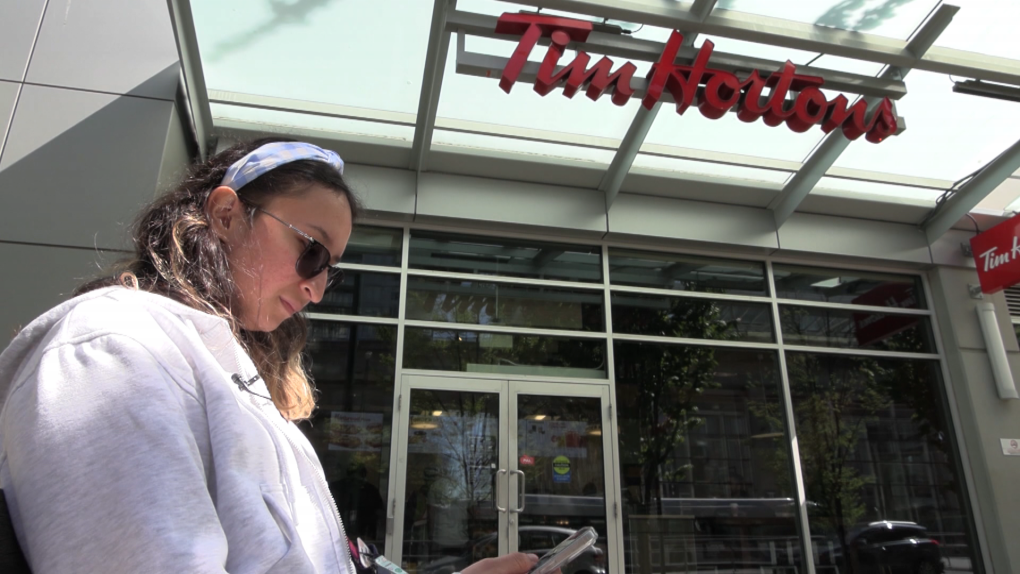Oil demand may not recover to pre-pandemic levels until 2022 at the earliest, according to a new report from the International Energy Agency (IEA).
The surplus of crude oil sloshing around the world has narrowed quicker than expected, owing to a severe drop in supply and a quick rebound in demand in some parts of the world after a record drop in consumption.
Global supply fell by 12 million barrels per day (mb/d) in May, year-on-year, due to the roughly 9.4 mb/d of cuts from OPEC+ along with sharp curtailments from non-OPEC countries.
China’s “strong exit from lockdown measures” saw Chinese demand in April almost back to normal levels, the agency said. The further easing of lockdown protocols around the world will likely lead to rebound in demand in the second half of 2020, although Beijing said on Tuesday that all schools will temporarily shut down in the capital due to new coronavirus cases, highlighting the persistent danger of the pandemic. It’s unclear what this means for the Chinese economy going forward.
Oil demand is expected to fall by 8.1 mb/d in 2020 on an annual average basis, the largest decline ever recorded, according to the IEA.
In 2021, demand rises by 5.7 mb/d, a huge increase, but still falling short of pre-pandemic levels. At 97.4 mb/d, the forecasted consumption for 2021 will be 2.4 mb/d below 2019 levels, although the IEA warned about significant uncertainty to all of these projections. The IEA’s forecast only goes through 2021, which means that it may take until 2022 at least for demand to fully recover, if it ever does.
Road traffic has seen somewhat of a V-shaped recovery, not just because of the easing of lockdowns but also because more people are resorting to cars instead of mass transit. Meanwhile, much of the lingering demand destruction is concentrated in the aviation sector, which is facing an “existential crisis,” the IEA said. Passenger traffic this year could be down 55 percent compared to 2019, according to data from the International Air Transport Association. Related: Smart Money Is Betting On These 5 Exciting Energy Technologies
On the supply side of the equation, substantial scars also persist. Global production is expected to fall by 7.2 mb/d this year, and only rise by 1.8 mb/d in 2021. $40 oil is not high enough to support a rebound in U.S. shale, the IEA said.
Indeed, the rig count continues to fall, dipping below 200 last week, a record low. U.S. shale production is expected to decline by another 93,000 bpd in July, according to a new assessment from the U.S. EIA. The Permian basin is only expected to lose about 7,000 bpd, perhaps with losses made up by the restart of shuttered wells. Other shale basins fare worse – the EIA sees production losses next month of 28,000 bpd in the Eagle Ford; 25,000 bpd in the Niobrara; and 26,000 bpd in the Anadarko.
Analysts differ on what happens next. The IEA’s message is more upbeat, but others warn about lingering risks. Much of the market thinks that the coronavirus pandemic is “just a short-term blip, and that oil demand will soon return to its previous path,” Standard Chartered analysts wrote in a note on June 11. “We think that much of the market is ignoring the downside risks to demand arising from both economic weakness and permanent changes in patterns of energy use.”
Also, there is no one single uniform experience. The coronavirus is hitting different countries in different ways. Bank of America Merrill Lynch says that unlike the global financial crisis of 2008-2009, which was felt most acutely in OECD countries but spared emerging markets to some degree, the pandemic may end up having the opposite effect. “[I]nitial data from Europe points to increased work-from-home trends. This shift may protect advanced economies focused on sophisticated service industries such as education, finance, or information technology, but hurt those countries more reliant on tourism and basic industries,” the bank said.
By Nick Cunningham for Oilprice.com
More Top Reads From Oilprice.com:















